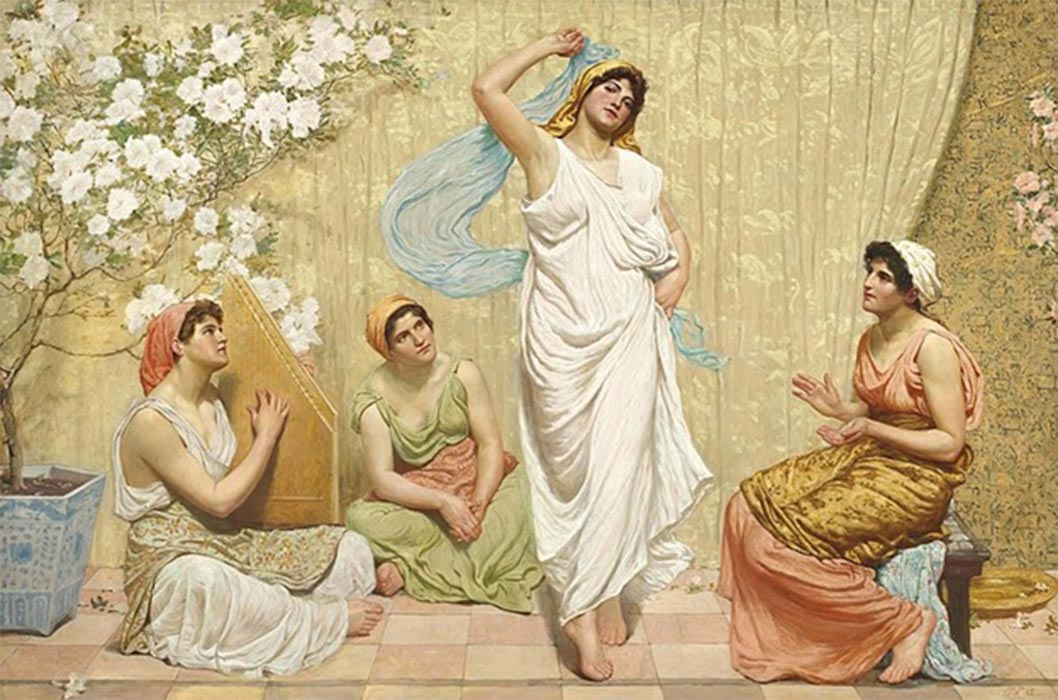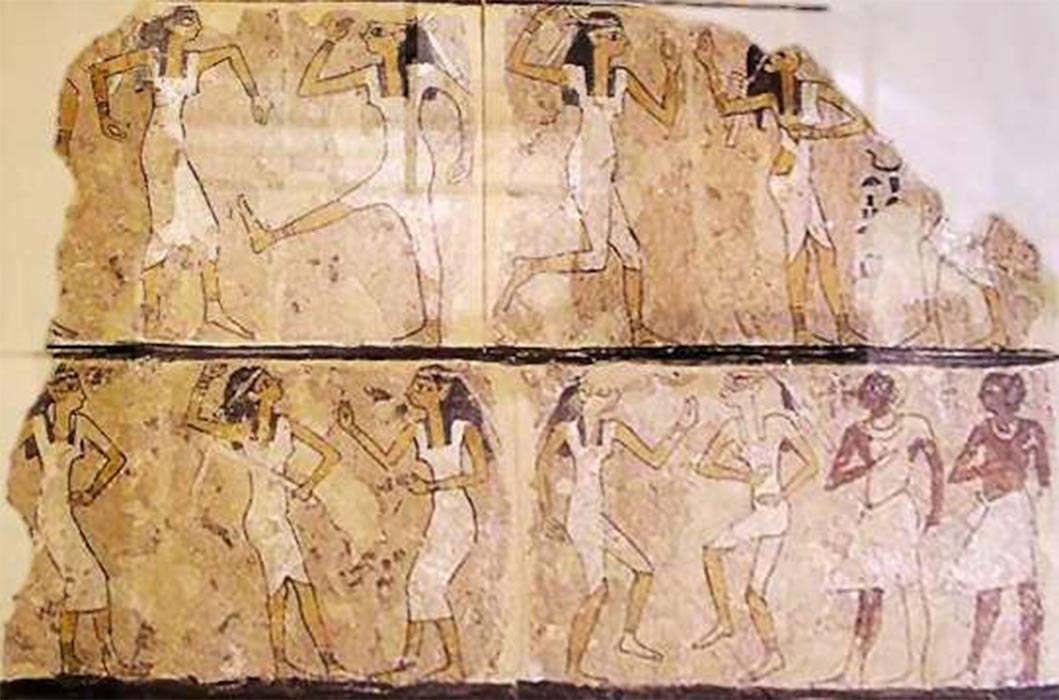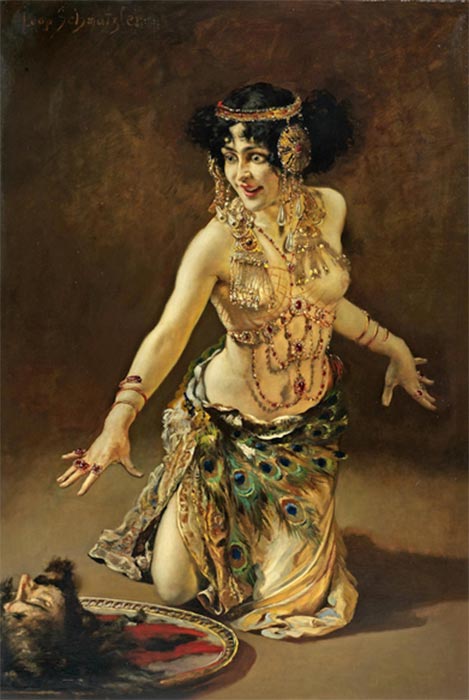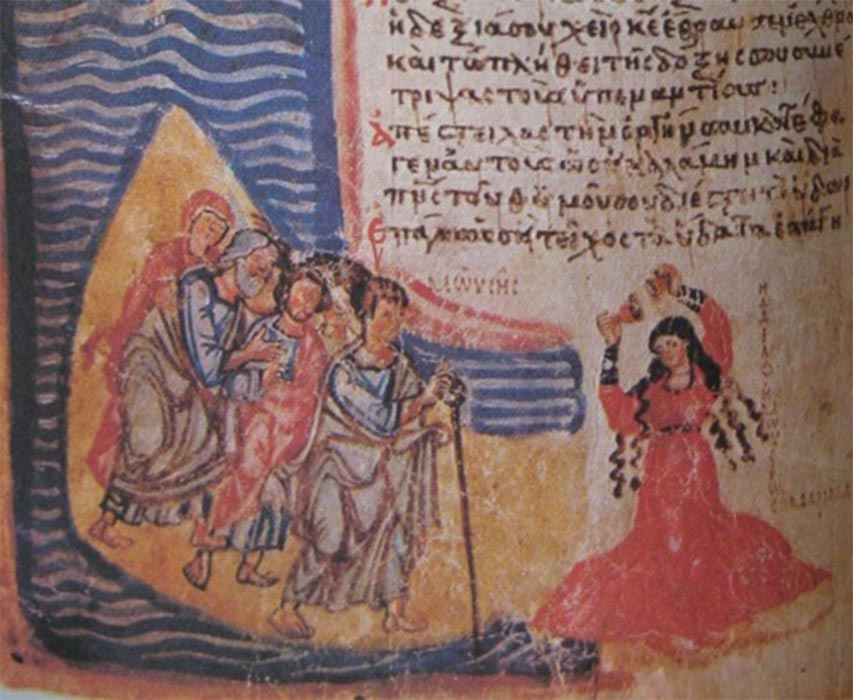
Dirty Dancing in Ancient Religion and Rituals
Due to its ability to mimic important events, enchant the audience as well as evoking joy and extasy in the audience and performers alike, the art of dance was infused in many religious rituals and festivals of ancient civilizations. By the third millennium BC, ancient Egyptians began implementing dance as an integral part of their religious ceremonies, using dancers to depict divine tales and celestial patterns of shifting sun and stars. In ancient Greece, dance was very freely used for public purposes until it eventually brought about the birth of the popular Greek theatre by the sixth century BC. Many other religions also incorporated dance in the core of their rituals. The Hindu faith has a close connection to music as they claim that it was the dance of the Supreme Dancer Nataraja, a representation of the Hindu god Shiva as the Supreme Dancer, that created the entire Universe. Indeed, each of the Hindu gods and goddesses has an idiosyncratic manner of manifesting power through dance movements. Buddhism is also known for the Korean Seungmu dance performed by Buddhist monks.

Tomb of the Dancers, wall painting. 17th Dynasty, Thebes. (Jon Bodsworth/Public Domain)
Dance Like an Egyptian
The significant role of women in the art of dance can also be traced back to the dawn of civilizations. Cave paintings from as far back as 6000 BC, such as in the Addauta Cave near Palermo and Catalonia's Roca dels Moros, include scenes of women dancing. Images of female ritual dancers appear in tomb-scenes of the Old Kingdom of ancient Egypt, where dancers and singers are shown performing in the funeral procession, at the entrance to the tomb. In the Old Kingdom, most dancers were women who belonged to the bureau called the Hnr, which deployed them to perform at funerals and important festivals. Initially at least, all the members of the Hnr seemed to have been women classified in tomb scenes with titles such as "hnr overseer" or "hnr inspector." One lady of the Fifth Dynasty, Neferesres, was given the titles "overseer of the king's hnr" and "overseer of the king's dances." The hnr's female supremacy ended at the close of the Old Kingdom when male performers began to be portrayed in the tomb-scenes along with the names of male officials. The few professional male dancers inscribed included Khnumhotep, who was also a king's funerary priest, and Horihotep, who served in the cult of Bastet, the Egyptian goddess of the home, women's secrets, fertility and childbirth.

Dance of Salome by Leopold Schmutzler (1907) (Public Domain)
The Bible also contains several accounts of women dancing, such as the celebrations led by Miriam after the crossing of the Red Sea, when women danced and played drums. Women also came out singing and dancing after David returned from slaying Goliath. The end of the book of Judges describes “the annual feast of the Lord” during which the daughters of Shiloh come out to dance. In the New Testament, Matthew tells the story of how Salome danced for Herod for the head of John the Baptist.

Crossing Red Sea and Miriam dancing by Chludov Psalter (Public Domain)
Dancing Priestesses
Every ancient religion had a god or goddess closely associated with dance. The Egyptian goddess Bastet was celebrated with dancing. There are also several pieces of ancient Greek art that portrays dancing women from the sixth and fifth centuries BC. The virgins of Delos danced in a circle to honor Apollo who represented the power of medicine, music and poetry, while women known as the Dyonysiac danced in a frenzy honoring Dionysos, the god of wine. These dancing women, whose hysteria even swept them into a murderous act are not only often depicted on Greek vases, they were even immortalized in a tragedy - the Bacchae by Euripides.




